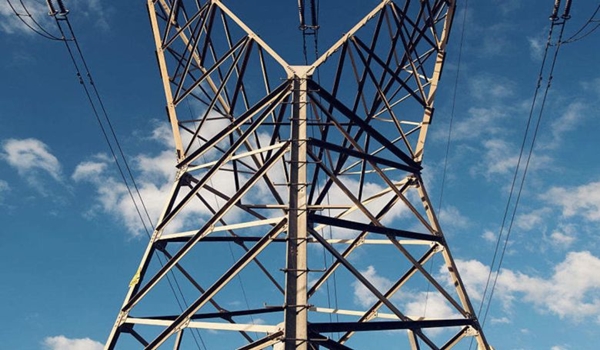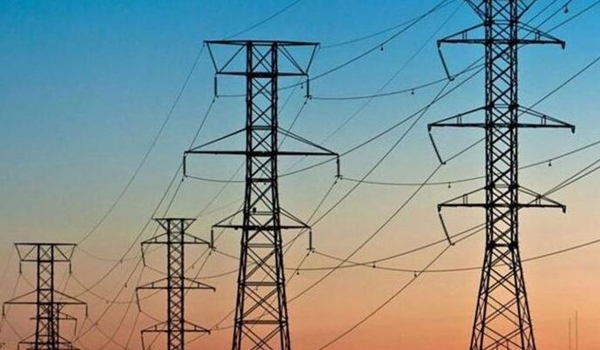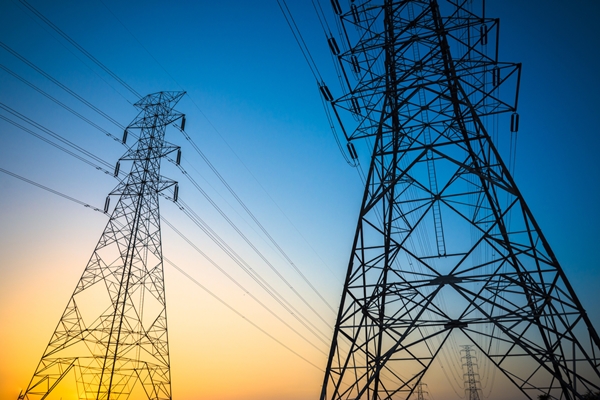Electricity consumption in egypt , Egypt’s Electricity Consumption information was accounted for at 13,510.000 kWh mn in Aug 2020. This records an expansion from the past number of 12,655.000 kWh mn for Jul 2020. Egypt’s Electricity Consumption information is refreshed month to month, averaging 9,255.500 kWh mn from Jan 1997 to Aug 2020, with 284 perceptions. The information arrived at an unsurpassed high of 39,385.000 kWh mn in Sep 2012 and a record low of 3,737.230 kWh mn in Feb 1997. Egypt’s Electricity Consumption information stays dynamic status in CEIC and is accounted for by Ministry of Electricity and Energy. The information is sorted under Global Database’s Egypt – Table EG.RB004: Electricity Consumption.
Electricity consumption in egypt
Egypt Electricity Production

Power Production in Egypt arrived at 19,985 GWh in Aug 2020, contrasted and 19,454 GWh in the earlier month. Power Production information of Egypt is refreshed month to month averaging at 10,573 GWh from Jan 1997 to Aug 2020. The information arrived at an unequaled high of 20,530 GWh in Jul 2019 and a record low of 4,385 GWh in Feb 1997. Net Electricity Production information is utilized.
Read
Why Egypt looks set to be a regional leader in electricity for the next nine years
Why Egypt looks set to be a provincial chief in power for the following nine years: We’re putting aside our Coronavirus discuss a week ago to look past the ebb and flow emergency in the framework, where Fitch Solutions’ BMI Research Egypt Power report (paywall) on Egypt’s power area is on target to create an exportable excess. The report sees Egypt expanding power age to 265 terawatt hours (TWh) by 2023 from 231.5 TWh this year. This will permit it to create an excess even as homegrown interest ascends to 234.9 TWh by 2023.
Power area development driven by gas-terminated force plants: Egypt will remain vigorously subject to petroleum products through to 2028, with gas and coal-terminated plants creating 85% of the nation’s power. The majority of this will be controlled by the nation’s enormous gaseous petrol assets, with gas-terminated plants — like the Siemens/Orascom Construction/Elsewedy Electric joined cycle power plants — expected to represent 75% of complete force age..
Coal among the greatest failures in the area: The report is bearish on coal and anticipates that it should turn out to be progressively minimized as the utilization of gas-terminated plants increments. “Coal-terminated force has lost kindness in Egypt indeed, following the revelation of strong homegrown gas holds,” the report says, highlighting the quantity of prominent undertakings that have either slowed down or dropped by and large. These incorporate the 2.65 GW Al Nowais plant that was rejected last October, and the 6.6 GW Hamrawein venture, which hopes to have been consigned to “zombie” status.

Renewables will be the quickest developing fragment through to 2028: “Egypt will be one of the quickest developing non-hydropower renewables market in the area over our 10-year conjecture period, with limit growing by more than 8.5 GW at a normal pace of 22.1% y-o-y somewhere in the range of 2019 and 2028,” the report says. This rate reduces to various key components, including the accessibility of sun based and wind potential, and the diminishing expenses of tackling sun oriented and wind energy. “Falling gear costs will make such offices progressively productive while offering cost-serious power duties comparative with normal warm force rates,” it says. This specifically will assist with getting private area speculation, which BMI Research sees as significant to developing the area.
Proceeded with unfamiliar financing and private area contribution are driving development in renewables: The quantity of sustainable power ventures in the pipeline has been developing with a deluge of unfamiliar subsidizing and expanding private area movement. Other key undertakings in the pipeline include: the Orascom Construction-drove 500 MW wind ranch in Ras Gharib, ACWA Power’s 200 MW Kom Ombo sunlight based plant, Lekela Power’s USD 325 mn 250 MW West Bakr wind homestead, and Smart Energy arrangements 250 MW sun oriented force complex, whose first stage is required to cost USD 1.2 bn. That is not failing to remember the USD 4 bn Benban sun powered park that was formally finished last October.
In any case, the gov’t looks improbable to meet its 2022 objective of 20% renewables by: Despite the quick development in the area, BMI Research doesn’t figure the public authority will meet its objective to produce 20% of its capacity from environmentally friendly power by 2022, calling it “a ridiculous objective, particularly given the weighty venture enlisted in gas-terminated warm force ventures.”
Same atomic: “We remain downbeat on the possibility of the Dabaa atomic force plant venture arriving at consummation and entering business tasks inside our figure period to 2028,” BMI says, refering to the significant expenses and consistent development of age from different sources. The report notes, nonetheless, that Egypt’s essential binds with Russia may give it the force to proceed with the undertaking. You can look at our starter pack on the Dabaa atomic force plant here.

Other “shortcomings” in the area: notwithstanding coal and atomic, the report features various issues that it feels are “shortcomings” in the area. These include:
- The proceeded overdependence on non-renewable energy sources;
- Challenges in making sure about financing for bigger scope ventures;
- The strength of the state-claimed Egyptian Electricity Holding Company in the area;
- Maturing framework foundation;
“A helpless history in creating ventures cost-productively.”
Yet, with the development in limit and a strong fare market, Egypt looks set to be a territorial chief in power: “New limit in Egypt and the UAE will represent practically 65% of the district’s complete net development in renewables limit, prodded on by high-volume private area venture and progressively serious renewables barters expected over our gauge period to 2028,” the report says. Egypt’s arrangements to trade surplus to different nations in the area will likewise add to the nation turning into a provincial force center, with concurrences with Saudi Arabia, Sudan, Cyprus and Greece set to see it send power in practically all ways.







